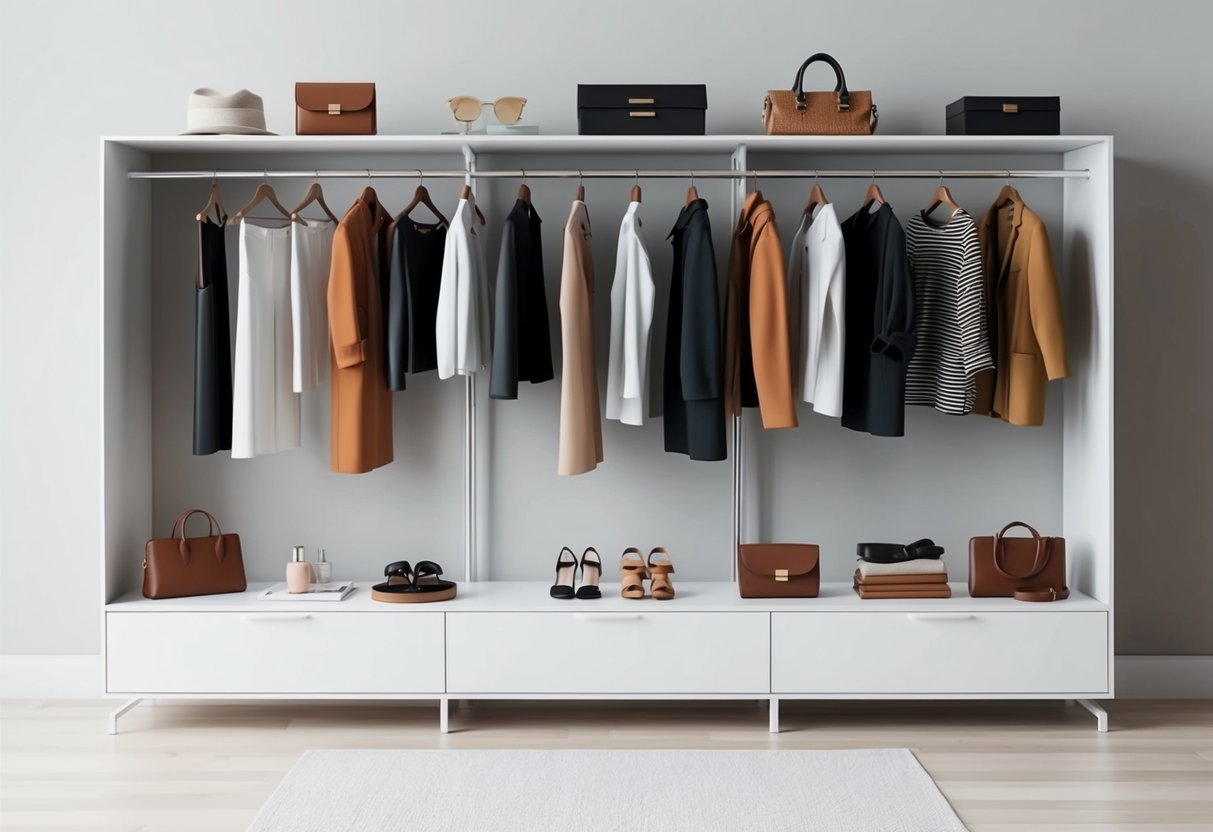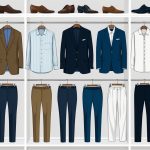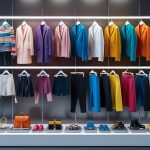
Upgrading personal style doesn’t have to be complicated—small, effortless changes can create a noticeable impact and instantly boost self-confidence.
Anyone looking to refresh their wardrobe, explore new outfit ideas, or simply feel more put together can benefit from modern style tips and proven strategies. When individuals focus on easy habits and mindful choices, discovering authentic personal style becomes much more achievable.
From embracing accessories and experimenting with layering to improving posture and defining a signature look, there are simple ways to transform both appearance and the way one feels. Addressing style goes beyond clothing to include grooming routines, outfit coordination, and time-saving habits.
If looking sharp and feeling more confident every day is the goal, understanding these practical style upgrades is the first step.
Understanding Your Personal Style
Personal style is an ongoing journey shaped by daily choices, influences, and personal interests. Developing a clear sense of self-expression through clothing and accessories can make getting dressed easier and more enjoyable.
Defining Your Aesthetic
A person’s aesthetic is the visual language that reflects who they are and how they want to be seen. It can range from minimalist and classic to vibrant and eclectic.
To find this, start by observing favorite pieces in the current wardrobe—identify colors, shapes, fabrics, and details that feel most authentic. Consider what feels comfortable and resonates with individual personality traits.
For some, neutral tones and structured silhouettes signal confidence. Others may prefer patterns or softer fabrics that prioritize ease.
Mood boards are a practical tool. Collect images, outfits, or textures that evoke positive feelings.
Digital platforms like Pinterest or a simple collage from magazines work well to clarify recurring themes in personal taste.
Identifying Your Style Icons
Style icons provide inspiration and a reference point for evolving personal style. Celebrities, designers, or even people in daily life can serve as style influences.
Pay attention to their signature looks, such as tailored pieces, striking accessories, or specific color palettes. Analyze what draws attention—a particular silhouette, combination of casual with formal attire, or an easy approach to layering.
This helps in curating a wardrobe that aligns with aspirational style while staying realistic about budget and lifestyle. Browsing interviews, fashion blogs, or video guides on enhancing personal style can give insight into how icons make style decisions.
Note universal elements they rely on, like classic denim or crisp white shirts, and adapt them creatively.
Recognizing Style Preferences
Understanding what drives individual style preferences is key for lasting satisfaction with wardrobe choices. Preferences reflect not just visual taste, but also comfort needs, workplace dress codes, and climate.
List everyday clothing choices and consider the reason for each—comfort, appearance, or practicality. Using a table can make patterns obvious:
| Item | Reason for Preference | Frequency Worn |
|---|---|---|
| Black jeans | Versatile, comfortable | 3-4 times/week |
| Blazer | Professional, confidence | 2 times/week |
| Sneakers | Easy, all-day comfort | Daily |
This process helps eliminate overwhelming options and ensures each piece supports the overall aesthetic and self-expression goals. Making intentional style decisions can reduce decision fatigue and support a positive, consistent style journey.
Building a Versatile Wardrobe
A truly versatile wardrobe provides a strong foundation for personal style, makes dressing simpler, and boosts confidence with easy, inspired outfit choices. Key pieces, thoughtful outfit combinations, and a strategy that favors flexibility make the process seamless.
Essential Wardrobe Staples
A versatile wardrobe starts with carefully-chosen staples. Well-fitting jeans, neutral t-shirts, a simple blazer, and a classic pair of trousers form the backbone of most outfits.
These pieces transition easily from casual to work settings and act as a canvas for layering and accessorizing. Investing in high-quality basics pays off as they withstand regular wear and trends.
Staples like a crisp white shirt, a tailored jacket, and comfortable flats or loafers offer countless outfit inspiration options. Weather-appropriate outerwear, like a trench or denim jacket, ensures readiness for changing seasons.
Accessories—such as a leather belt, a timeless bag, and understated jewelry—add visual interest without overwhelming. Building this core collection makes it easy to create polished, versatile looks day after day.
For additional guidance, consider reviewing detailed advice on wardrobe essentials.
Mixing and Matching Pieces
Maximizing outfit combinations relies on thoughtfully mixing and matching key items. Select a color palette that allows most pieces to work together easily, focusing on shades like black, gray, navy, and beige paired with a few accent colors.
This approach increases the number of outfits possible from fewer clothes. Layering is an effective method to adapt a wardrobe to different occasions or temperatures.
A turtleneck under a dress, a blazer over a tee, or a sweater tied around the shoulders can completely change the mood and function of an outfit. Small changes make a big difference in visual interest.
Experiment with textures and fabrics to add dimension. For example, pairing denim with soft knits or a structured blazer with silk creates an elevated look without complexity.
An intentional strategy ensures that style remains fresh, interesting, and suited to a range of settings.
Prioritizing Versatility Over Quantity
Emphasizing versatility leads to a leaner, more useful wardrobe. Rather than amassing many items, select pieces that can serve multiple functions and be styled year-round.
This reduces clutter and decision fatigue, while still allowing for plenty of outfit inspiration. Consider the “rule of three”: each new item added should coordinate with at least three existing pieces.
This keeps a collection cohesive and functional, making it easier to rotate through new looks. Selecting items that suit various occasions—like loafers that work for both office and casual wear—ensures each piece earns its place.
Quality fabrics and classic cuts help clothes maintain their shape and appeal through repeated use. Prioritizing these aspects over fleeting trends results in a wardrobe that stays relevant, practical, and confidence-boosting for years to come.
For further tips on creating a sustainable yet stylish wardrobe, explore this comprehensive wardrobe guide.



